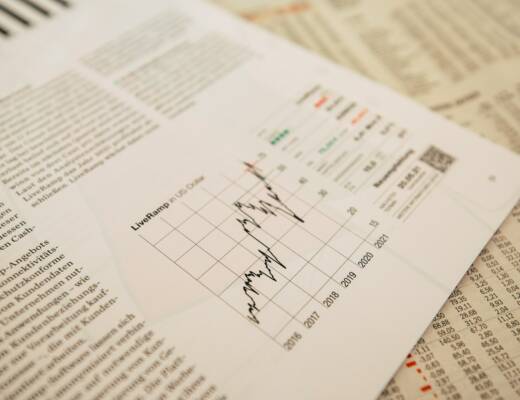
The Federal Reserve held interest rates steady this week and signaled potential rate cuts in the near future. However, the current high interest rates may be creating unintended consequences for the housing market. Julia Fonseca, an economist at the University of Illinois at Urbana-Champaign, noted that as of March, around 60% of people with mortgages had rates below 4%.
In contrast, the current average rate for a 30-year fixed mortgage is nearly 7%. This disparity has led to a phenomenon known as mortgage lock-in, where homeowners are reluctant to move because their mortgage rates would nearly double. “Mortgage lock-in is still very much alive,” Fonseca stated.
“Many people want to move to a different city or a bigger house, but it’s hard to give up these low rates.”
Fonseca and her colleagues investigated the effects of mortgage lock-in on the housing market. They found that lock-in is not only reducing demand—because people with starter homes are staying put—but also affecting the supply side, leading to fewer existing homes available on the market. “So you’re at the same time taking out both supply and demand,” Fonseca explained.
“The net effect on prices, however, has been an increase.”
What Julia and her co-authors discovered is that higher interest rates, meant to cool off the economy and reduce inflation, are paradoxically leading to higher home prices by impacting the supply side more significantly. “This implies that raising interest rates from low levels to fight inflation will itself create some inflation through housing markets,” she said. Adding to the complexity, homebuilders cannot easily mitigate this supply issue.
Their business model requires borrowing before building, and higher interest rates make borrowing more costly. The shortage of starter homes also impedes renters’ ability to move up the housing ladder.
Previous Post
Us job data triggers recession concerns
Next Post





